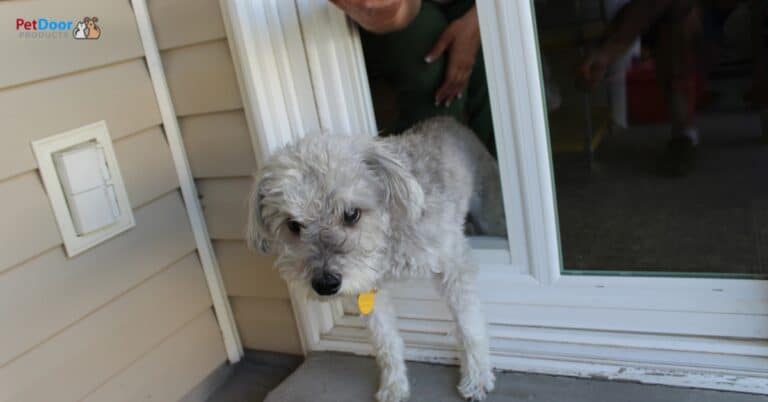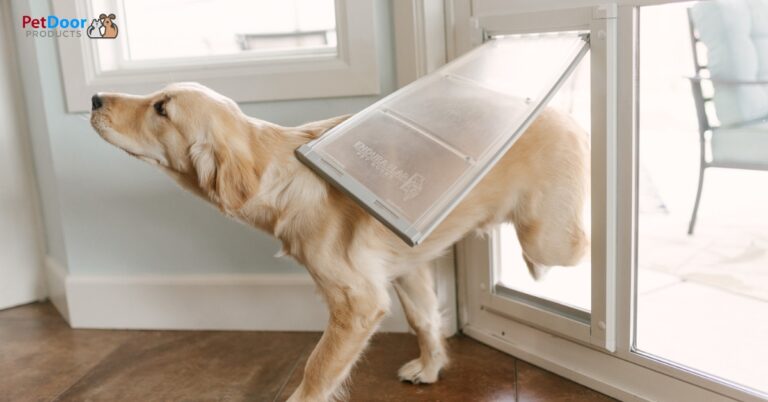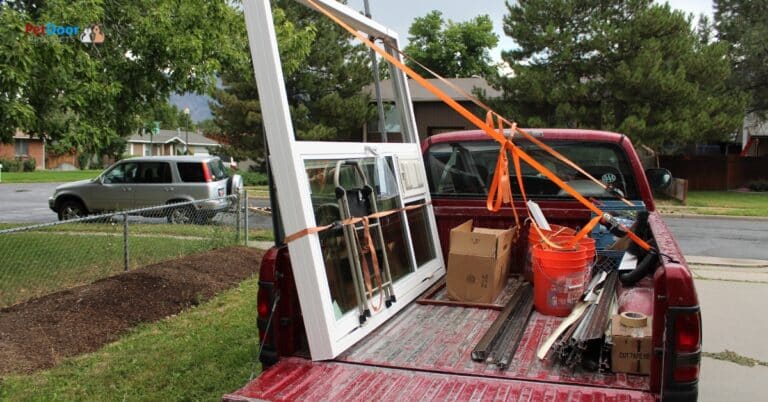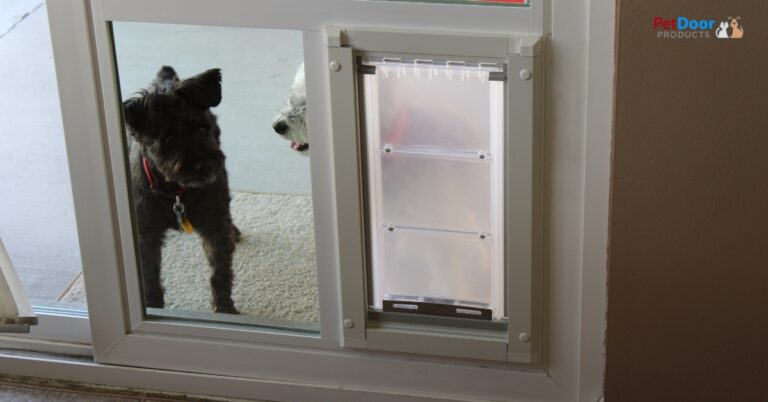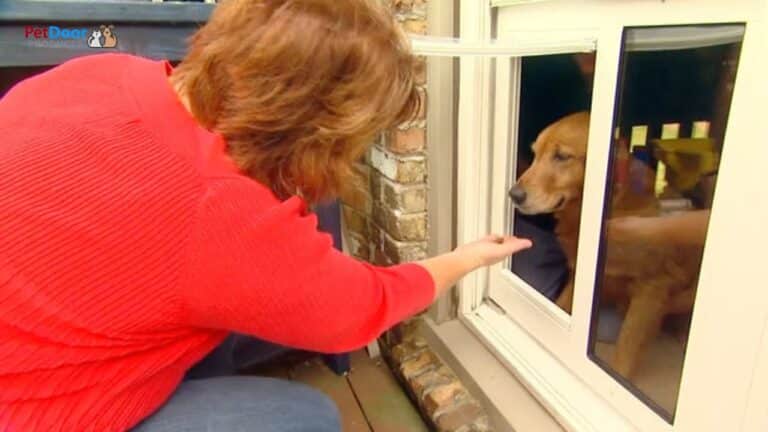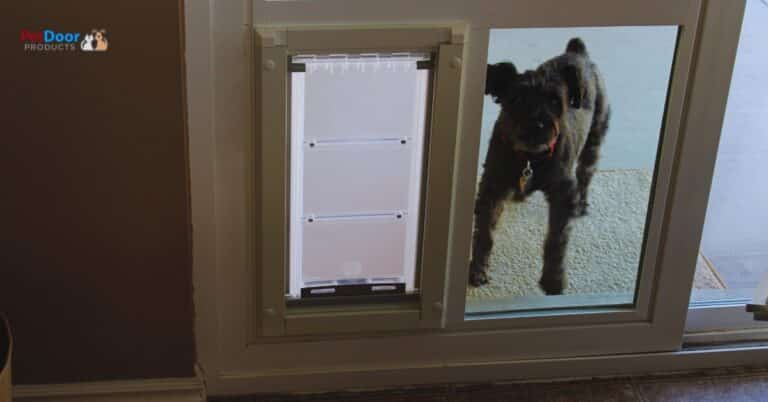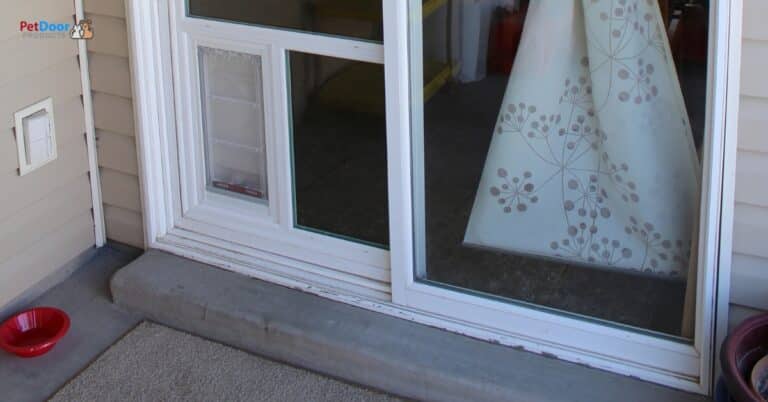
Is An Invisible Dog Fence a Good Choice?

Fencing gives a dog the freedom of a designated area for playing and exploring outdoors without the risk of becoming a nuisance to other residents of the neighborhood. Restricting your dog to your property also provides your pet with the safety he or she needs from the many serious risks in letting dogs roam freely. For example, when controlled within boundaries, pet dogs are safe from being involved in dog fights, hit by cars, dog thieves, trouble with neighbors, and greater exposure to diseases. An invisible fence for dogs is an option we’ll explore here.
Should I Use an Invisible Fence?
There are multiple concerns when choosing a fencing type to restrict your pet outdoors. So, fencing serves multiple needs. Providing a safe space for your pet should be the top priority. But, of course, providing your dog with the best possible quality of life is also essential. Fencing is fundamental to both of those objectives. But, which type of fence is best for your needs? A conventional fence or an electronic fence? Let’s consider some invisible fencing facts to help you in researching your options.
How Do Electronic Fences Work?
Invisible fences work by making a warning noise and delivering an electric shock from a dog collar when a dog passes a boundary lined with sensors that trigger the collar’s shock device. Here, we examine the advantages and disadvantages of invisible fences.
PROs of Invisible Fencing for Dogs
Adaptability: Conventional fences work best on flat or slightly sloped ground, whereas invisible fencing contours and functions well on nearly any terrain, from hilly to wooded.
Affordability: Electronic fencing may be expensive, but it sometimes costs substantially less than traditional fence materials and installation labor.
Aesthetics: An electronic fence does not break up the view of green areas, and it meets the restrictive codes that many neighborhoods have against any fencing or different fencing types.
Convenience: Digging trenches and laying wire may be faster than installing a regular fence in some cases. Using the outlining flags is a temporary inconvenience. After the dog learns where the boundaries of the electronic fence are on all sides, you can take down the flags.
Reduced escape risk: Electrified fences reduce the risk of dogs escaping in busy homes when multiple people are going in and out of a gate.
Reliability: There are arguments for and against the reliability of electronic fences. In some cases, people install electronic fences after other fence options have not kept their dogs contained. Dogs have dug under or climbed over regular fences, whereas they may have learned to stay inside the boundaries of the invisible fence to avoid being shocked. Most dogs learn to stop when they hear the beep that electronic fences usually feature to warn them of the upcoming shock.
Improved security: Potential home intruders may be discouraged by a dog out in the yard that does not appear to be restricted by a traditional fence around the yard.
Electronic fence gives dogs more space: An electronic fence can encompass up to 25 acres of ground in any configuration to create exceptionally large fenced areas for dogs to run and explore.
CONs of Invisible Fencing for Dogs
Training required: For an electronic fence to work, a dog must learn where the fence line is located around his restricted area. That requires training in which the dog owner and dog walk around the perimeter of the fence, with the owner emphasizing awareness of the flags for the dog. Some fencing manufacturers provide a training program and work first-hand with owners to help them train their dogs.
Frustration with the barrier: Even sociable, friendly dogs may become upset and agitated while they watch the other dogs in their neighborhood play freely and realize they can’t participate. This becomes extremely frustrating for them if the other dogs play just outside their range and when a dog or person approaches but they cannot go to greet them.
False sense of protection: If all goes well, an invisible fence can protect a dog by preventing him/her from leaving the restricted area. However, it does not protect your dog from other dogs and wild animals from entering your yard. Dogs and other animals can still enter your yard and have a violent confrontation with your dog.
Level of Pain: Proponents of the technology claim that the electric shock discharged merely startles the dog with a mild shock that is not painful when the device is set as intended. But opponents argue that to provide an effective deterrent, the shock must be stronger than that. They say the shock must be fairly painful in order to startle and alarm the dog enough to discourage him/her from crossing the boundary.
Escape: If your dog becomes very excited about chasing something, or is afraid of thunder, or fears something in the yard, he/she can breach the invisible fence by disregarding the electric shock. Then, when the dog tries to go back into the yard, the shock can cause him/her to stay out of your yard. Some models disable the shock in that scenario.
Reliability: If the electricity is interrupted by a damaged wire or dead battery in the collar, your dog can escape freely. But, many dogs become conditioned to stay away from the perimeter even if the fence is not electrified at the time.
Training a dog by shock is a type of punishment: Dog training experts do not recommend negative reinforcement for pet training. It can lead to incorrect, unhealthy, and dangerous associations. For example, when a dog runs to the invisible boundary to greet another dog and is shocked, that means that your dog is jolted with pain when the other dog comes near. Even a friendly, happy dog can feel fearful or aggressive when met with something that is consistently associated with the threat of pain.
The Best Fencing for Your Best Friend
As with any decision you make about your pet’s wellbeing, do some research to help you determine whether fencing is the right option for your dog and what type of fencing is best. There’s a lot to consider in a decision about electrified fencing. So, beyond web searches, it’s worth discussing it with your veterinarian and checking opinions from other experts on dogs’ physical and mental health.
It’s About Freedom First! Pet Door Products
Pet Door Products offers today’s best quality energy-efficient pet doors, now with an advanced model that inserts into your sliding glass window. It’s the sleekest look in pet doors. The low-E glass, weather-tight seal, and exceptionally durable framing provide a high-performance pet door to last for many years to come. When used with an invisible fence will give your dog the independence to come in and go out of the house whenever he likes while reducing the risk of going out in the neighborhood.
Give your dog the gift of freedom and free yourself from tending the door!
- The Best Dog Door Sliding Door Option in the United States that Solves Your Pet’s Outdoor Access Dilemma - September 15, 2023
- Revamp Your Home this Summer: Incorporate a Dog Door into Your Sliding Glass Door - September 4, 2023
- July Special: Avoid the Middleman Markup with Custom Built Glass Door Doggie Doors - July 24, 2023

